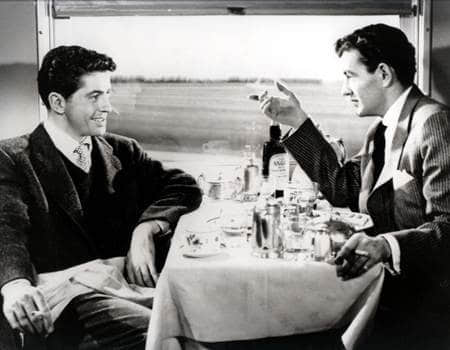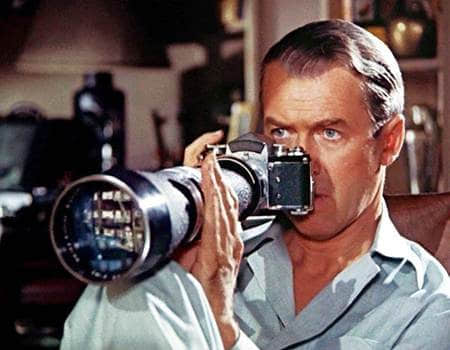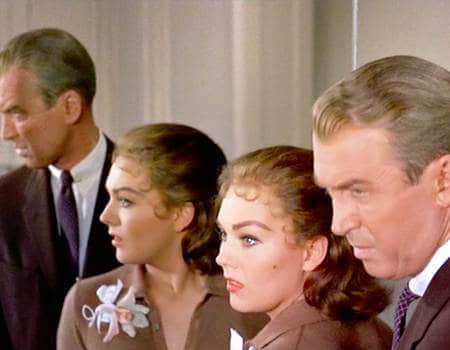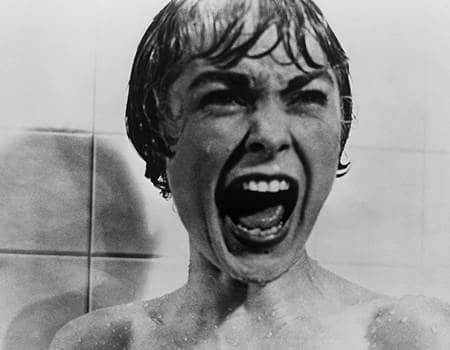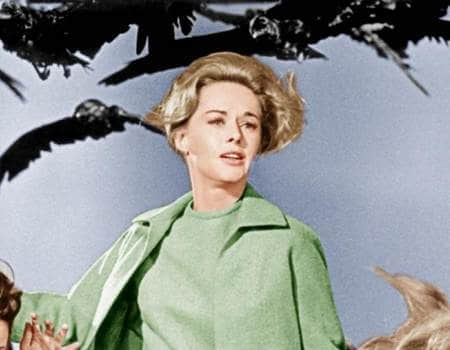Programme
Alfred Hitchcock – The American Years : Pure Cinema
Decades after his death, Alfred Hitchcock (1899-1980) himself haunts us just as his iconic scenes from Psycho (1960), or Vertigo (1958) or Rear Window (1954) linger in our imagination. Hitchcock fascinates both biographers and critics exploring the intertwined enigmas of the man and his work; he has even become the subject of two recent films trying to understand human relationships, imagination and art. Paradoxically, he remains among the most accessible of modern auteurs, whose films and television programmes remaincurrent, while proving enigmatic as man and artist.
Born in 1899 in provincial England, Hitchcock became a writer before entering the emergent world of silent film. Despite stumbles, he scored his first chilling hit The Lodger (1926) and married his assistant director, Alma Reville, who became his lifelong collaborator. Through a decade of British successes, Hitchcock established his distinctive style – point-of-view shots, misleading and misled characters, punctilious control of details (and actors), emotional framing and his own elusive appearances in each film. In 1939, David O. Selznick lured him to Hollywood, where Hitchcock responded with Rebecca (1940). After some intriguing wartime films, his career reached new heights with Spellbound (1945) and Notorious (1946) and exploded in a cascade of unforgettable films in the 1950s and 1960s, from Strangers on a Train (1951) to The Birds (1963), amplified by a novel television series. Although Hitchcock remained visible thereafter as director and celebrity until his death in 1980, his later output never again equaled these triumphs.
Those who write about Hitchcock, the man, still grapple with him as both a tyrant of almost abusive power and a creative genius who probes and even heals our deepest fears. After generations of debate, these movies still speak for themselves as worlds of suspicion, danger, fear, love and superb mystery. No matter how many times we see them, we, too, dangle from a roof, face terror in a cornfield, repress our memories and primal fears. And think twice about our motels.
Some works that stand out even in a gallery of masterpieces. For moments that shock us, even when we know they are coming. For exquisite details – the string score that slashes through Psycho, nature’s terrifying choreography in The Birds, the historical byways that delude us in Vertigo. And all the scenes that haunt us long after the lights go up.

